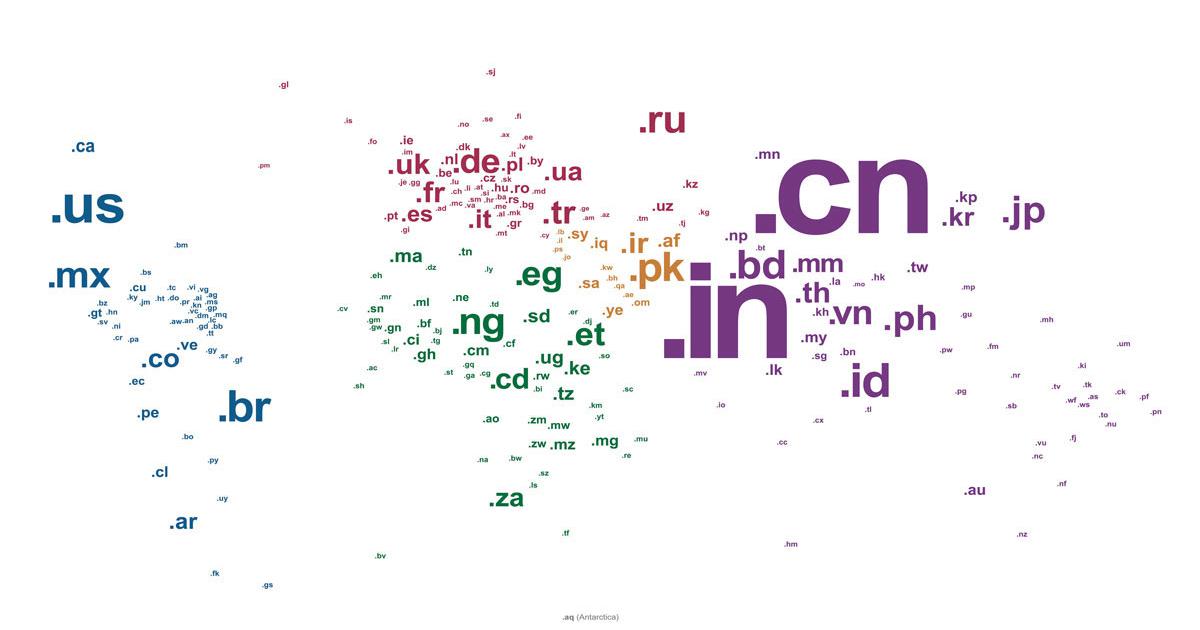In early 2013, my web development partner and I were in Mexico, brainstorming potential names for our new micro-blogging platform, Trottin Travel. I’d like to say we were sitting on faded patio furniture hiding under the shade of a parasol from the Mexican sun, putting back cervezas and homemade guacamole, all the while being serenaded by mariachis, but who can remember?
We did have a laptop to aid in scouring available domain names, and it must have been all of five minutes before we settled on trott.in (pronounced “ trottin’ ”). We loved the name for its simplicity. We loved it for how it speaks to being a tool for those on the move. We loved that it could be cleverly used as different parts of speech, e.g., a single day’s blog entry could be a ‘trot,’ and you can ‘trot’ about your trip (a la Twitter and tweets).
We were sold.
Unfortunately, we didn’t consider two important facts about TLDs (‘top-level domains,’ e.g., .com, .co, .me) that would end up handicapping us in the long run.
Lesson: A company name that integrates a TLD into its name only serves to confuse its users.
The vast majority of people on the web aren’t as tech savvy as the people who create sites. In addition to not trusting anything that doesn’t end in .com (or in the user’s country’s TLD, e.g., .co.uk), they almost never think to read the entire domain name as one unit. I only realized the level of confusion when we started getting emails from customers and consultants who referred to our product as “Trott.”

World map of ccTLDs by country population, courtesy of Byte Level Research
Lesson: Not all ccTLDs are created equal for global traffic.
We’d seen lots of businesses run on sites with seemingly random non-.com country domains like .co, .tv, and .io (we even ran one ourselves to much success on .me), so we just assumed that all TLDs were treated the same by search engines like Google, whether it be a generic TLD (gTLD) or a country code TLD (ccTLD).
Not the case.
Only certain ccTLDs are recognized by Google as “more generic than country-targeted.”
Currently, Google treats the following as generic ccTLDs:
- .as
- .bz
- .cc
- .cd
- .co
- .dj
- .fm
- .io
- .la
- .me
- .ms
- .nu
- .sc
- .sr
- .su
- .tv
- .tk
- .ws
You will notice that .in – the ccTLD for India – is not in that list. When you register your site in Google Search Console, you can often change your geographic target to help Google know if your site is more relevant to a particular country. For some countries, however, Google doesn’t offer that option – India being one of them. So we unknowingly targeted India.

Google Search Console offers no option to change geographic targeting for the Trott.in ccTLD. We were stuck targeting India for years without realizing it.
It’s embarrassing to admit that it took three years for the two of us – who like to think of ourselves as highly web-savvy – to realize this fact. We changed the domain to trottintravel.com (trottin.com was taken), but the damage was done.
We made plenty of other mistakes along the way, but this was made at such a formative phase of the startup process and could have been easily avoided had we just researched TLDs.